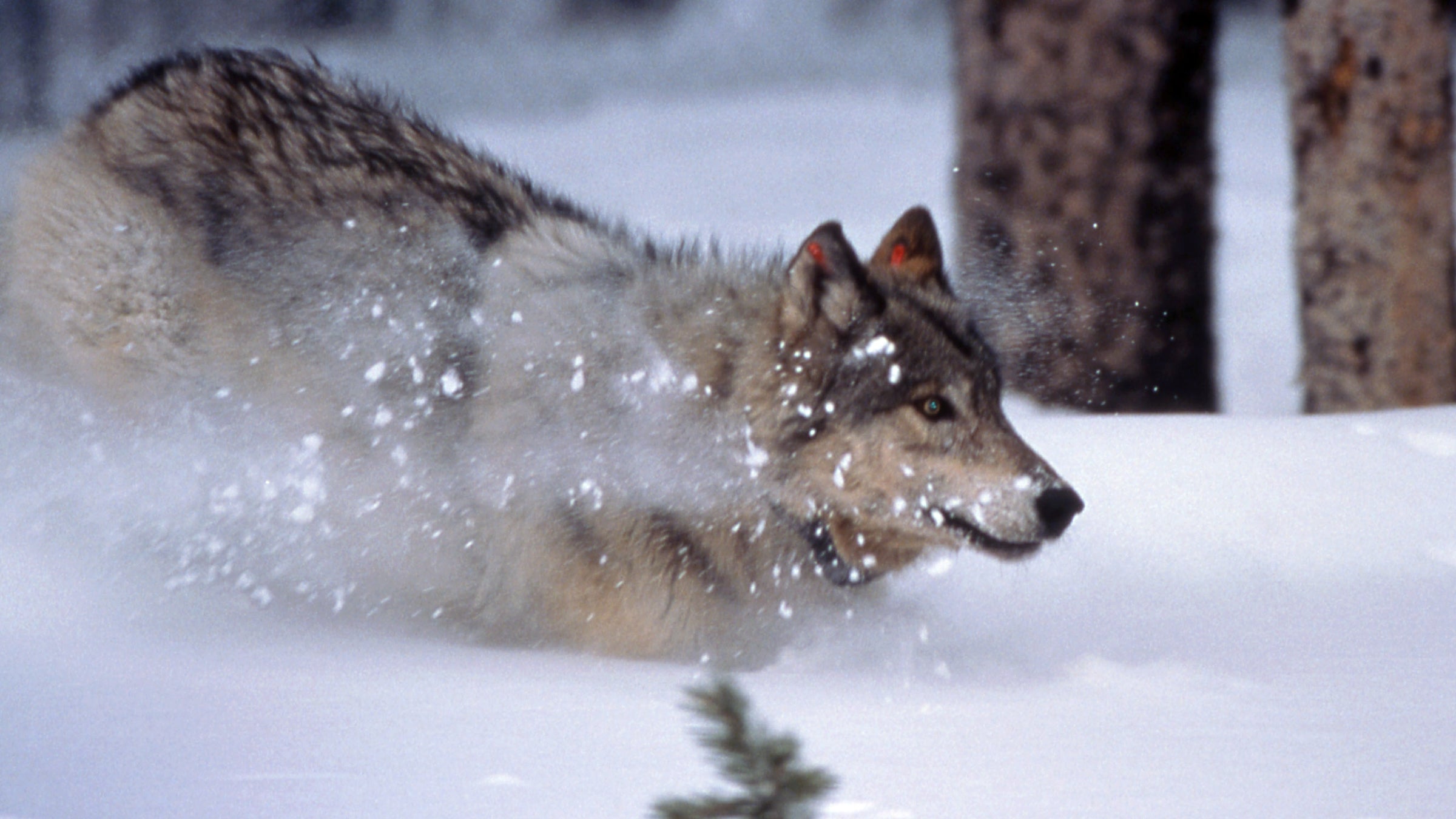Eastern Oregon’s wolf population has reached another milestone, and the Oregon Department of Fish and Wildlife (ODFW) is loosening restrictions on killing the animals to give ranchers more flexibility to protect their livestock, . The move could lead to removing wolves from the state’s endangered species list.
The ODFW counted at least four breeding pairs of wolves in the eastern third of the state in each of the past three years, meaning the agency will move into Phase II of its Wolf Management and Conservation Plan. There are nine wolf packs in Oregon, according to the Blue Mountain Eagle; last year, breeding pairs in seven of those packs produced at least two pups that survived to the end of the year.
Ranchers were allowed to shoot wolves under Phase I of the plan, but only if they caught a wolf biting, wounding, or killing their livestock. Phase II means that they can shoot wolves they find chasing their animals on their property, . Ranchers are still not allowed to bait wolves, and they must report killing one within 24 hours and preserve the scene for investigation.
“We didn’t want the wolves to begin with,” Todd Nash, a Wallowa County rancher and chair of the Oregon Cattlemen’s Association wolf committee, told the Blue Mountain Eagle. “We’re trying to get along as best we can in the political climate we live in.” Nash also said it’s highly unlikely for ranchers to catch wolves in the act, but it makes them feel more empowered than they were.
The ODFW can now also consider killing a wolf after two livestock predations regardless of when the predations took place. Phase I required four confirmed attacks within six months to warrant a kill.
Oregon’s wolf population at the end of 2013 was 64 (2014 numbers are not yet available). Though wolves are federally protected in western Oregon, eastern Oregon packs could be removed from the state’s endangered list.
Rob Klavins, northeast Oregon field coordinator for the conservation group , told the Blue Mountain Eagle that initiation of Phase II is a good sign for the population’s recovery, even though it remains small. “We should look at the numbers in context and realize wolf recovery is moving in the right direction,” he told the Blue Mountain Eagle. “I think, at this point, killing wolves should still be an option of last resort.”


